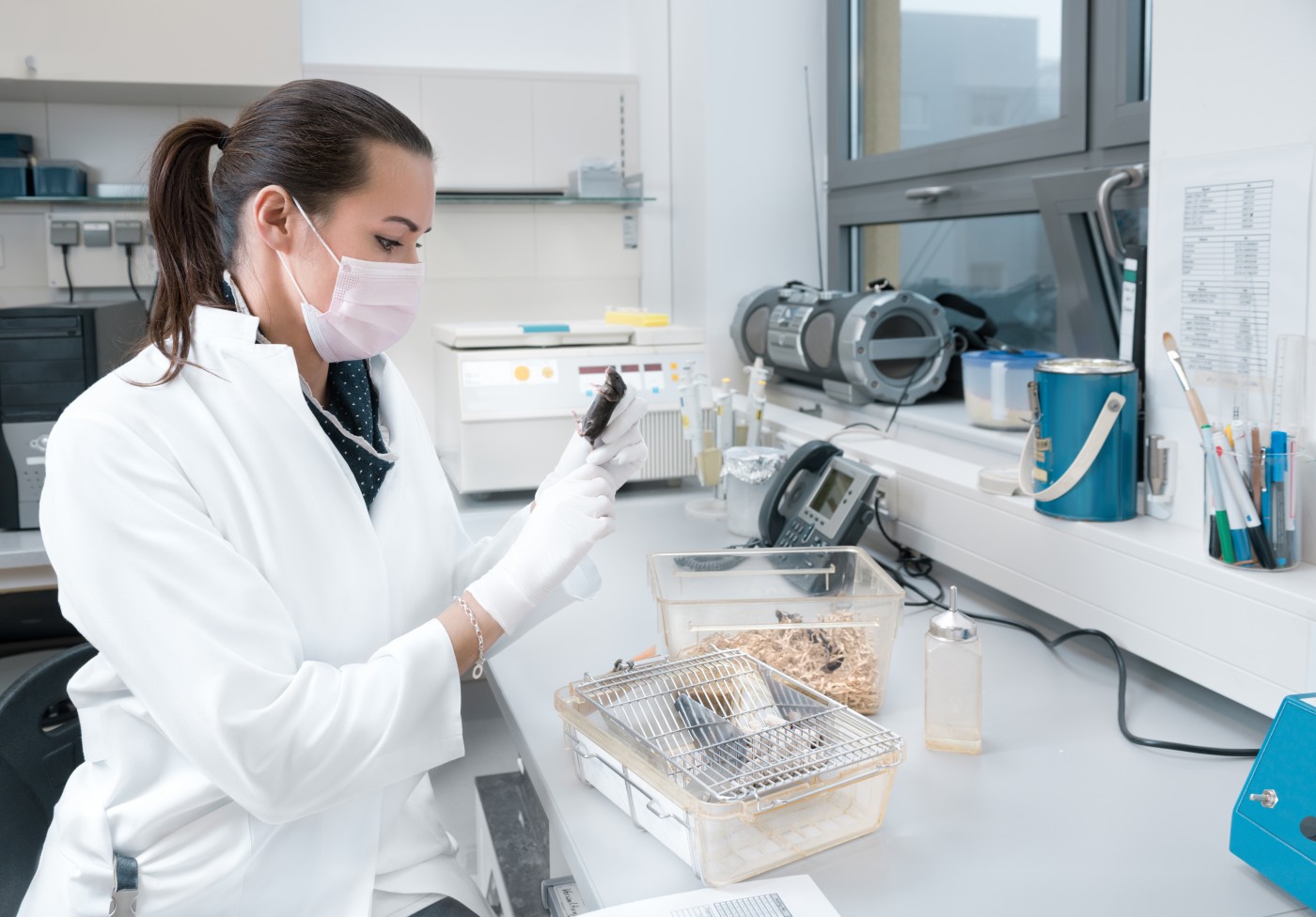Mode of Action for MS Drug Showing Promise in Phase 3 Clinical Trials Uncovered

In a new study, researchers at the Scripps Research Institute (TSRI) uncovered the molecular mechanisms behind the perceived clinical efficacy of a specific drug type, sphingosine 1-phosphate receptor 1 (S1PR1) agonists, to diminish the harmful immune response that leads to autoimmunity in multiple sclerosis (MS) and other diseases, while still preserving the immune system’s ability to fight infection.
The research article, “S1PR1-mediated IFNAR1 degradation modulates plasmacytoid dendritic cell interferon-α autoamplification,” was published in the journal Proceedings of the National Academy of Sciences.
TSRI researchers have for years focused on the cell membrane protein S1PR1 as a promising target for autoimmne disease therapy. Such studies led to the 2008 discovery of a molecule that acts as a S1PR1 receptor agonist, inhibiting S1PR1 and blocking inflammation, and, eventually, to the drug ozanimod. Ozanimod is currently being tested in Phase 3 clinical trials for the treatment of MS and ulcerative colitis. The drug yielded impressive early results even at very low doses in some patients, and researchers set out to discover the underlying mechanism for its seeming efficacy.
Using mouse models, the scientists discovered that the S1PR1 agonists target immune cells called plasmacytoid dendritic cells (pDCs) and slow the production of type-1 interferons, proteins involved in the body’s defense against pathogens. These proteins are known to play a role in autoimmune disease, where their production is dysregulated and the immune system turns against its host. When an agonist stimulates S1PR1 signaling, the receptor is internalized by the cell and conducted to vesicles where it is degraded. Using the proof-of-concept compound CYM-5442, the scientists observed this event in pDCs, and found that the migrating S1PR1 also induces the type-1 interferon receptor (IFNAR1) to be degraded, blocking the type I interferon from entering the auto-amplification loop that leads to autoimmunity. These events were also observed in human pDCs obtained from donor blood samples.
Hugh Rosen, the study’s lead author and a TSRI professor, said in a press release, “Sphingosine 1-phosphate modulation of the interferon auto-amplification loop by induced turnover of the IFNAR1 is a potential mechanism to limit excessive inflammation physiologically. Augmentation of this mechanism by drugs like ozanimod may allow the successful treatment of patients with difficult-to-treat autoimmune diseases characterized by interferon-a signatures.”
Furthermore, the researchers also investigated the mechanism through which models treated with S1PR1 agonists are still able to fight bacteria and viruses effectively. After challenging mice with the influenza virus and treating them with a S1PR1 agonist, the mice’s pDCs released an initial batch of antiviral type-1 interferon without triggering the harmful amplification loop.
Taken together, the results suggest that agonists such as ozanimod can reach the ideal balance of diminishing the harmful autoimmune response while preserving the patient’s ability to defend against pathogens.






